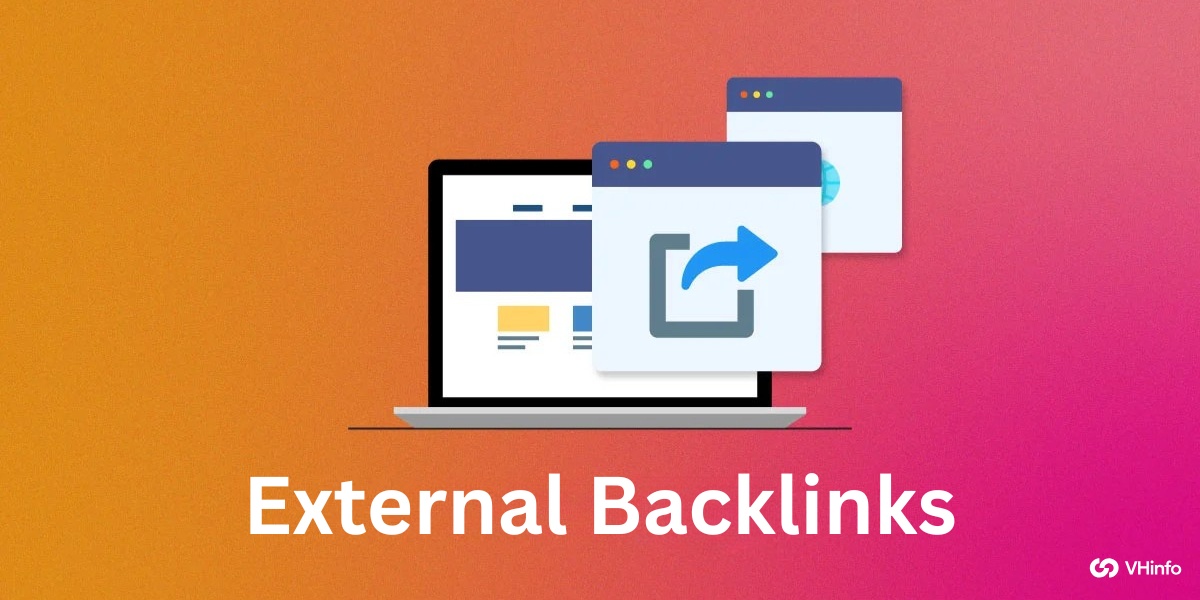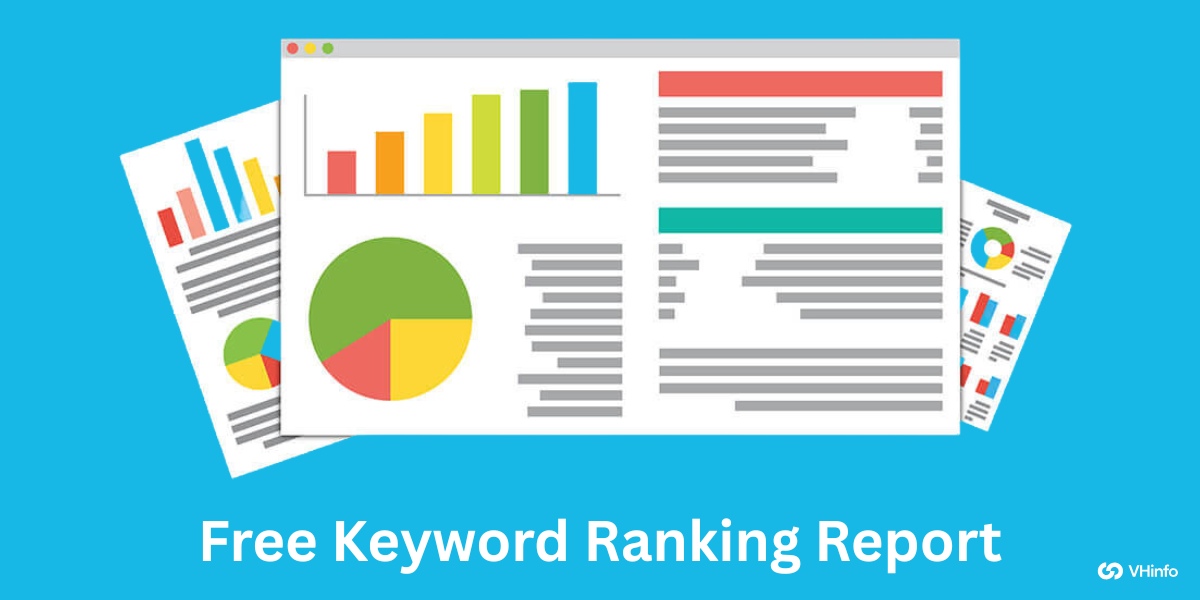In the competitive world of search engine optimization (SEO), some website owners resort to black hat link building tactics to quickly boost their search rankings.
However, these unethical SEO practices can lead to severe consequences, damaging a site’s reputation and organic traffic in the long run.
In this article, we’ll dive into the risks of black hat SEO link building, common techniques to avoid, and white hat alternatives for sustainable SEO success.
What is Black Hat SEO Link Building?

Black hat SEO link building refers to unethical and manipulative techniques used to artificially inflate a website’s backlink profile and search engine rankings. These practices violate Google’s guidelines and prioritize quick gains over user experience and quality content.
Why is Black Hat SEO Link Building Important?
Understanding black hat link building is important for SaaS companies looking to establish a strong online presence.
Recognizing and avoiding these deceptive SEO tactics allows businesses to focus on white hat SEO strategies that deliver long-term search engine results and maintain a positive reputation with search engines and users alike.
The Risks of Black Hat Link Building

- Search Engine Penalties: Engaging in black hat link building can result in severe penalties from search engines like Google. If caught, your website may be demoted in search results or even completely removed from the index, drastically reducing organic traffic and visibility.
- Damaged Website Reputation: Black hat SEO practices can harm your website’s reputation among users and industry peers. If your site is associated with spammy or low-quality links, visitors may lose trust in your brand, leading to higher bounce rates and lower engagement.
- Decreased Organic Traffic: As search engines continually update their algorithms to detect and penalize manipulative SEO tactics, websites relying on black hat link building may experience a significant drop in organic search traffic. This can have a detrimental impact on lead generation and revenue for SaaS businesses.
Common Black Hat Link Building Techniques

- Buying Links: Purchasing links from link farms or low-quality websites is a clear violation of search engine guidelines. While it may provide a temporary boost in rankings, buying links is a risky black hat SEO tactic that can lead to penalties and long-term damage to your website’s search performance
- Link Farms and Private Blog Networks (PBNs): Link farms and PBNs are networks of websites created solely for the purpose of generating artificial backlinks. These low-quality sites often contain duplicate or irrelevant keyword based content and can be easily identified by search engine algorithms, resulting in penalties for the linked websites.
- Automated Link Spamming: Using automated tools to generate large numbers of low-quality links across various websites, forums, and blog comments is another black-hat link-building practice. This spammy approach not only violates google search engine guidelines but also contributes to a poor quality user experience.
- Cloaking and Hidden Text: Cloaking involves presenting different pieces of content to search engine crawlers than what is shown to human users. Similarly, hidden text manipulates search rankings by including keyword-stuffed content that is invisible to visitors. Both techniques are deceptive and can lead to severe penalties.
- Negative SEO Attacks: In some cases, competitors may engage in negative SEO by intentionally building low-quality spam links to a rival’s website. This unethical practice aims to harm the target site’s search rankings and reputation. Regularly monitoring your backlink profile can help detect and address potential negative SEO attacks.
Examples of Black Hat Link Building

Let’s explore some real examples of black hat link building.
- Comment Spam: Leaving irrelevant or promotional comments on blogs and forums with the sole purpose of generating backlinks is a common black hat SEO tactic. These spammy comments often include optimized anchor text and links to the promoted website.
- Link Farms: Link farms are networks of websites created to manipulate search rankings by exchanging reciprocal links or selling backlinks. These low-quality sites offer little value to users and are often penalized by search engines.
- Keyword-Stuffed Anchor Text: Doing keyword stuffing in anchor text is a black hat practice that attempts to manipulate search rankings. Natural, contextual anchor text is preferred by search engines and provides a better user experience.
- Link Hijacking: Link hijacking involves exploiting vulnerabilities in other websites to inject hidden links or redirect visitors to the promoted site. This unethical tactic not only violates search engine guidelines but also compromises the security of the hijacked websites.
- Link Exchanges: Excessive reciprocal linking, where websites agree to exchange links solely for SEO purposes, is considered a black hat link building practice. While natural link exchanges can be beneficial, large-scale schemes are often detected and penalized by search algorithms.
- Redirect Linking: Using sneaky redirects or doorway pages to funnel users to a different website is another black hat SEO tactic. This deceptive practice provides a poor user experience and violates search engine guidelines.
Recommendations For White Hat Link Building

- Creating Valuable Content: Focus on creating high-quality, original and relevant content that provides value to your target audience. By consistently publishing informative blog posts, guides, and resources, you’ll naturally attract inbound links from other reputable websites in your industry.
- Broken Link Building: Identify relevant broken links on other websites and reach out to the site owners, offering your content as a replacement. This white hat SEO technique helps improve user experience while earning valuable backlinks for your own site.
- Guest Post Outreach: Contribute high-quality guest blogging to reputable websites in your niche. Providing valuable content and naturally including links back to your site can help you build relationships, expand your audience, and enhance your backlink profile.
- Promotion and PR: Engage in promotional activities and public relations to increase brand awareness and attract natural backlinks. Creating newsworthy content, participating in industry events, and building relationships with influencers can help you earn media coverage and high-quality links.
- Link Reclamation: Monitor your brand mentions and unlinked references across the web. Reach out to the website owners and request that they add a link to your site, turning these mentions into valuable backlinks.
- Editorial Link Swaps: Engage in selective, relevant link exchanges with reputable websites in your industry. Focus on providing value to users and ensuring that the exchanged links are contextual and complementary to the content.
- Disavowing Links: Regularly audit your backlink profile and identify any low-quality or spammy links. Use Google’s Disavow Tool to inform search engines that you don’t endorse these links, minimizing the risk of penalties.
- Link Audits: Conduct thorough link audits to assess the health and quality of your backlink profile. By identifying and addressing any potential issues, such as black hat links or unnatural link patterns, you can maintain a strong and sustainable SEO foundation.
FAQ’s:
Is Black Hat SEO Illegal?
While black hat SEO practices are not illegal, they violate search engine guidelines and can result in severe penalties. Engaging in these unethical tactics can harm your website’s search performance and reputation.
Why is Black Hat SEO Considered Harmful?
Black hat SEO prioritizes quick gains over user experience and quality content. These manipulative tactics can lead to search engine penalties, decreased organic traffic, and a damaged online reputation.
What Makes a Link Building Strategy “Black Hat”?
A link building strategy is considered a black hat when it relies on unethical or deceptive practices to artificially inflate search rankings. Examples include buying links, participating in link farms, and using automated link spamming tools.
Why is Black Hat Link Building Considered Risky For SEO?
Black hat link building is risky because it violates search engine guidelines and can result in severe penalties. Websites caught engaging in these unethical practices may experience a significant drop in search rankings and organic traffic.
Can Black Hat SEO Techniques Permanently Damage My Website’s Ranking?
While the impact of black hat SEO techniques can be severe, the damage is not always permanent.
By disavowing low-quality links, focusing on white hat SEO strategies, and consistently creating valuable content, websites can recover from penalties and rebuild their search rankings over time.
Conclusion
Black hat SEO link building may seem like a tempting shortcut to improve search rankings, but the risks far outweigh any potential short-term gains. Understanding and avoiding these unethical practices can help SaaS companies focus on white hat SEO strategies that prioritize user experience, useful content, and sustainable growth.
At VH Info, we specialize in helping SaaS businesses achieve long-term SEO success through ethical link building techniques.
Our experienced team can guide you through the process of creating valuable original content, conducting effective outreach, and building a strong, natural backlink profile that complies with search engine guidelines.
Partnering with VH Info and embracing white hat SEO practices, your SaaS company can establish a strong online presence, attract qualified organic traffic, and achieve lasting growth in the competitive digital landscape.


